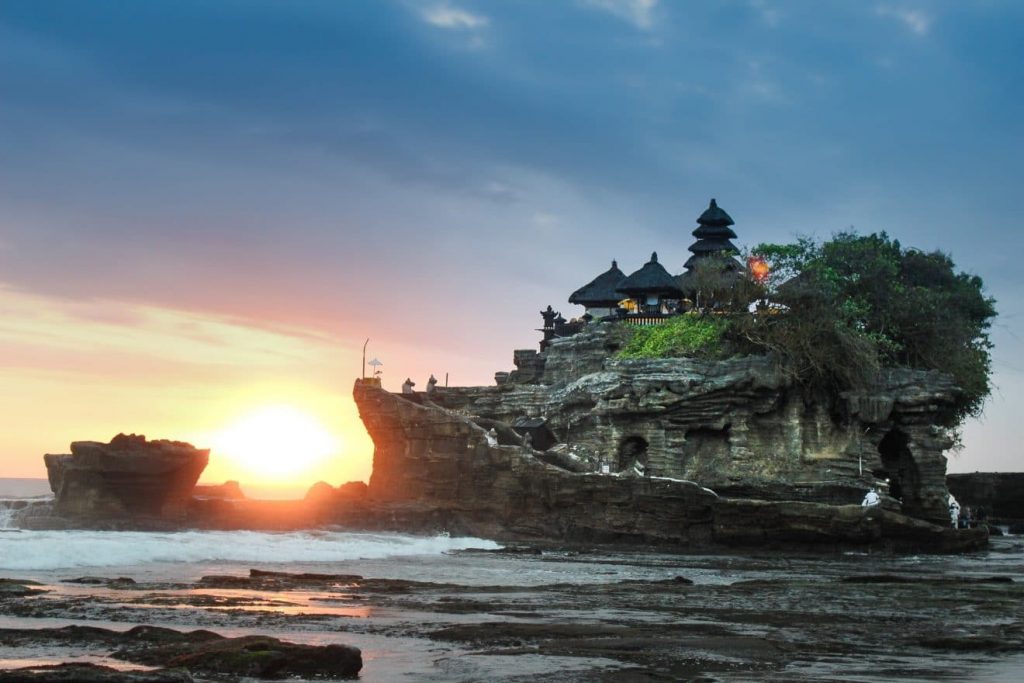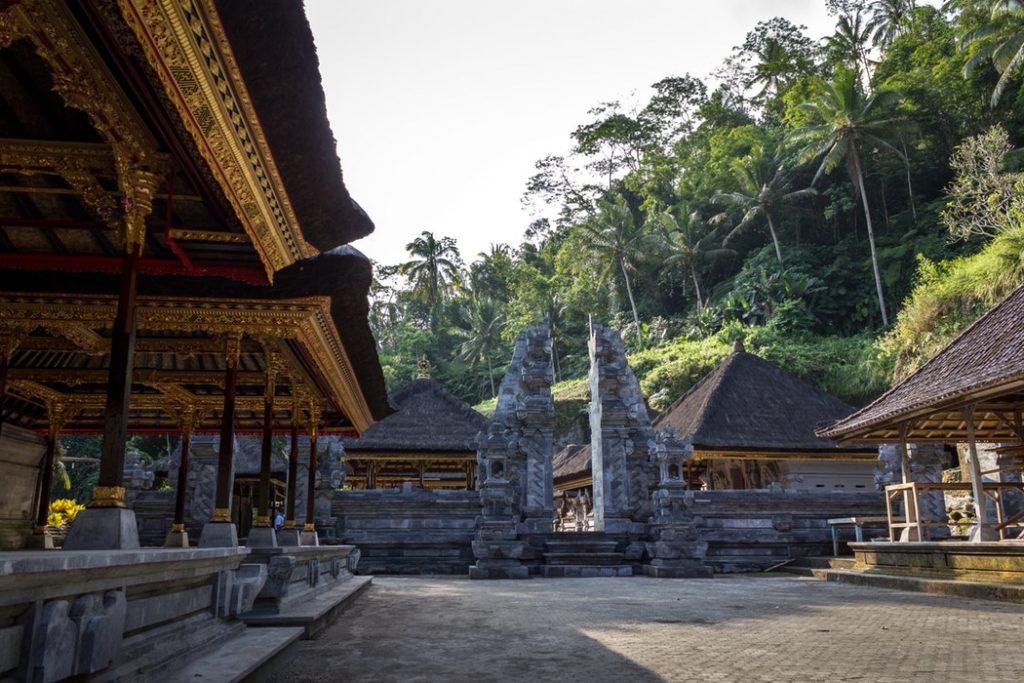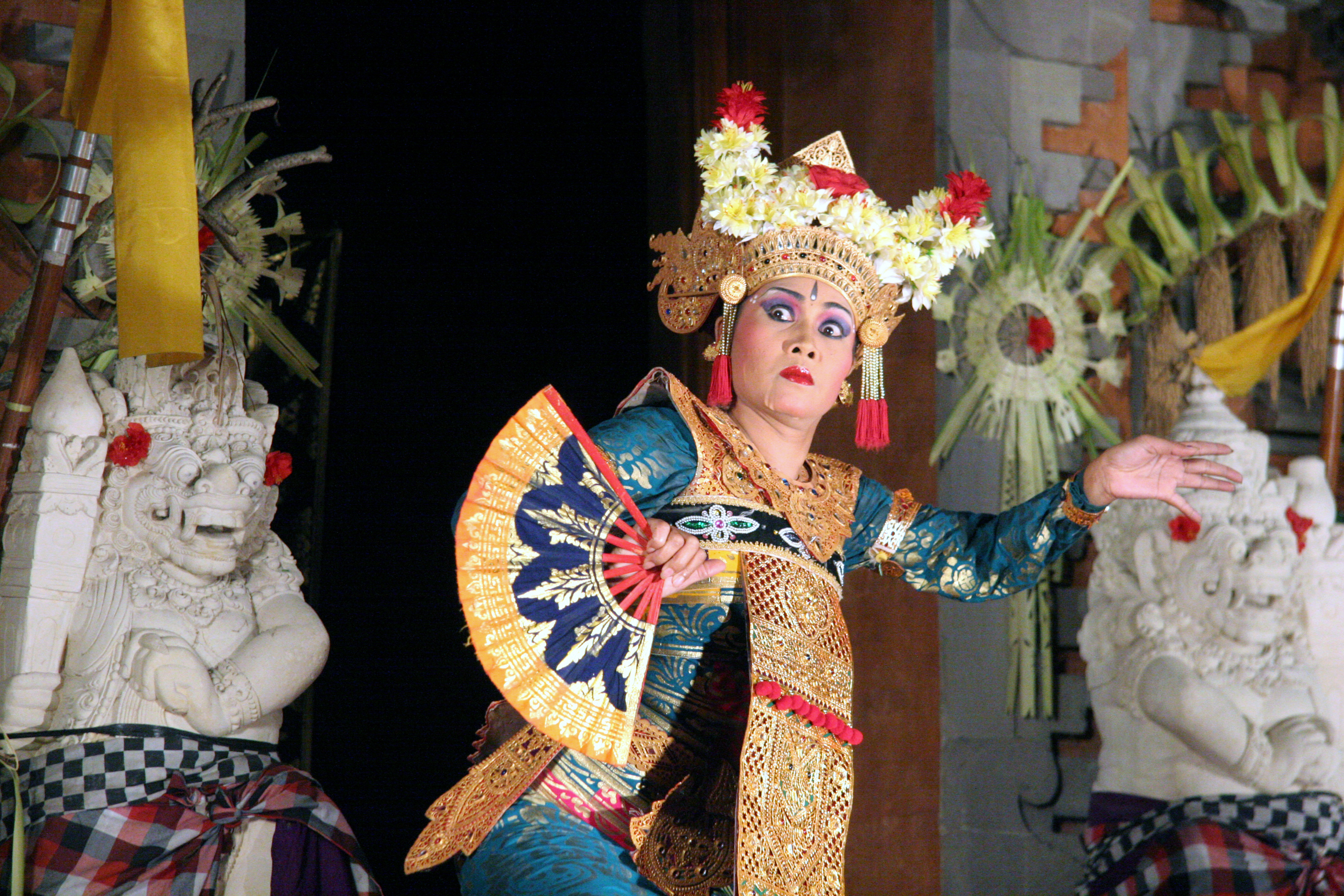It is common in popular culture that some regions, cities or even neighbourhoods can overwhelm the image of the nation they belong to.
Bali could be argued to be such a brand, as it, for years, came to be the flagship of Indonesian tourism, better known by the outside world than Indonesia itself.
Such a cognitive allocation was not a coincidence and was a consequence of the touristification, idealisation and capitalisation of Bali and Balinese culture in exchange for developing tourism in Indonesia.
Bali, through the 20th Century, became a poster-boy for a dream getaway at a tranquil place far-far away.
Such global images of Bali are not necessarily representative of the original Bali as a long-uninhabited island and often exists independently of the island since the brand ‘Bali’ has come to stand for almost anything exotic and leisurely.

Similar to the relationship between Bali and Indonesia, through the years, especially with the proliferation of tourism, Istanbul came to represent Turkey — and is better known in detail by foreigners than its national citizens in general.
Following that point, certain neighbourhoods of Istanbul, especially the Beyoglu district have come to represent Istanbul itself.
Hence, it could be said that Beyoglu has experienced a similar touristification and capitalisation trend that Bali went through.
It is therefore intriguing to explore the similarities between such phenomena in completely diverse spots of the world, pointing out how the relationship between tourism and capitalism is not a simple one-way traffic but rather a mutual highway of development and exploitation.
Regarding the development and practice of tourism in South East Asia, Picard, an expert scholar on Indonesian culture, suggests that tourism cannot be isolated from many other aspects of culture, especially where tourism has a long history.
Arguing that tourism is a completely exterior force will misleadingly dismiss how tourism is an inseparable and clear part of local life, culture and change.
Culture is not a stable and static phenomena, hence art, architecture and even dietary habits could be seen as local attempts to accommodate tourism.
The distinction between indigenous and touristic culture is not clear and does not have to be clearly put out.
Performances designed for tourists got imported into religious settings at certain cases and Western theatrical conventions got incorporated into sacred Balinese dances.
Also, performances created for national events, which got organised by state governors, and owned by Balinese as representative of their own culture.
According Picard, “the question that occupies Balinese these days seems to be, rather than assessing the impact of tourism on their culture, how to exploit their culture in the most profitable way… which parts of Balinese culture should be devoted to contribute efficiently to the development of tourism”.
For the Balinese authorities especially after the 1970s, the priority was not protecting the Balinese people and their culture from the cultural corruption of tourism, but instead the focus was at capitalising on their assets in the touristic promotion of their island.
Every cultural, geographic and artistic asset of Bali began to be touristified to accommodate the ever-changing and simple desires of exterior forces.
Tourism was initially set out by the authorities as something that developed the island, not threatened it — and it did in fact give confidence to Balinese: the tourists admired their culture and paid a lot for it.
The renaissance of Balinese culture was indeed driven by the touristification and commodification of the island while giving pride to the Indonesian culture as well — making Indonesia globally renowned, putting the huge archipelago on the map with a fresh and positive light.
Balinese people also started to find their identity within what the tourists and the Indonesians thought of them.

This brings us back to Istanbul, as such a phenomena is similar to how tourism changed the local realities, culture and even dietary habits of the Pearl of the Orient.
The theme of the shops and restaurants of the Istiklal Avenue of Beyoglu, the main artery of the city, has changed over the decades much in accord with the profile of its foreign visitors.
As Istanbul grew popular in Western Europe during the late 1990s, bars, bookstores and Parisian style cafes proliferated in the district.
As, however, Arab tourists discovered the city and brought in significant amounts of cash to spend, the district oriented itself to a more Eastern approach: Shisha bars, textile shops and kebab restaurants gained space.
Such a transformative illustration of tourism cannot be exclusively analysed from the city itself, where people are clearly active in day to day life.
This is in line with how Bali reconstructed and rebranded itself throughout the decades since the early 20th Century according to the desires of its visitors.
In both cases the national citizens are also responsible for the reality created due to the touristification to a certain degree, as if it is representative of its very own culture.
Hence, upon this backdrop, it could be argued that the culture that emerges in highly touristified regions, cities and neighbourhoods reflects the interaction between the locals, the global tourism trends and the state.
As much as they are unique and have diverse histories, Bali and the Beyoglu district of Istanbul both demonstrate such a phenomena.






